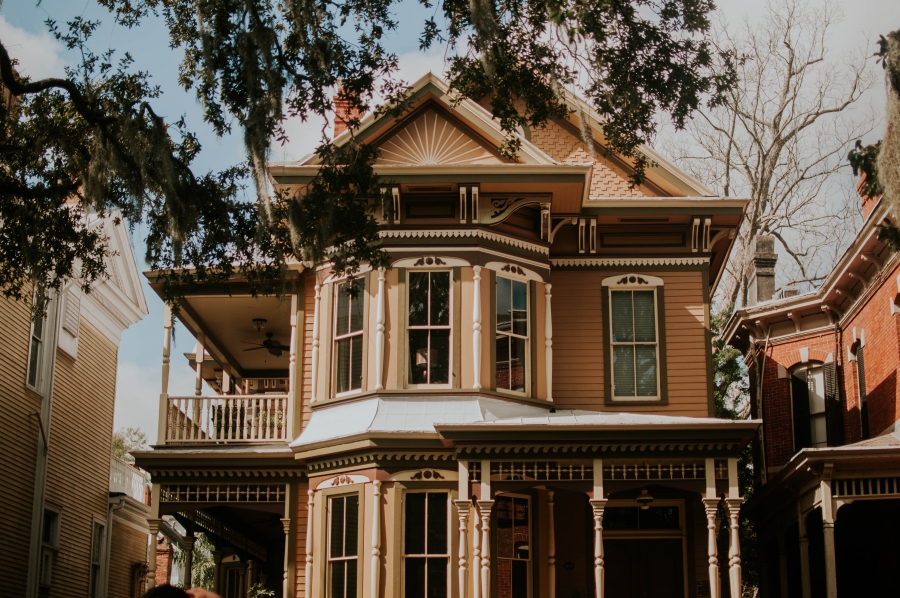Historic homes can be charming and interesting, and investing in them means that you’re preserving a piece of history. However, these homes also come with their challenges and restrictions. As an investor, you should consider both sides of the picture before making a decision. Here are four things you should consider before buying a historical home.
1. There will be additional costs
Historic buildings have a lot of vintage fittings and are built in a variety of styles, some of the most popular being Victorian and Spanish. Despite their beauty, they may require a lot of work, especially if they’ve been allowed to age without maintenance. According to House Method, you should get any historic home inspected before committing to buy. Besides showing you items that need repairs or replacements, a professional assessment will also show what’s up to code and what isn’t.
If something isn’t up to code, you might want to bring this up to the seller to see if a repair is in order. If you’re looking to do a personal assessment along with the inspection, here are some helpful pointers for inspecting a historic house before purchase.
2. A historic home may be harder to insure
Replacement costs can be high for a historic home and the additional cost may cause some lenders to shy away from insuring the property. If you’re looking for a government-provided option, check out rehabilitation mortgage insurance. The fact that you’re restoring a historical building may open opportunities for a lower interest loan from your state or local government. If the property will be used for commercial purposes, you may be able to get a 20% tax credit break, according to NPS.
3. You may have limited design options
Buying a historical home may come with restrictions on what you can do to its exterior (and interior). These restrictions are not always bad—they’re partly in place to maintain the structural integrity of the building and give the neighborhood its distinctive historic-district feel. So, if you have any specific ideas about designing the exterior, consult with the correct housing authorities on what you can and can’t do.
Note: The interior of the home may also need a lot of work. If the property has had multiple homeowners, you may find some odd combinations of new and old designs. Here are some home designs, collected by Designsponge, that you can you as inspiration.
A positive aspect of design restrictions is that they may work in your favor. The alluring and exclusive feel of a historic neighborhood may translate into higher property values. According to an Urbanland study of New York City, there was an increase in property values in most historic boroughs of the city.
4. The house might take more time to sell
A historical place, especially one found on the National Register for Historic Places, may fetch you more money, but it may also take you longer to sell. In 2016, nationally designated homes usually took 3.4% more time to sell than similar homes in the area.






